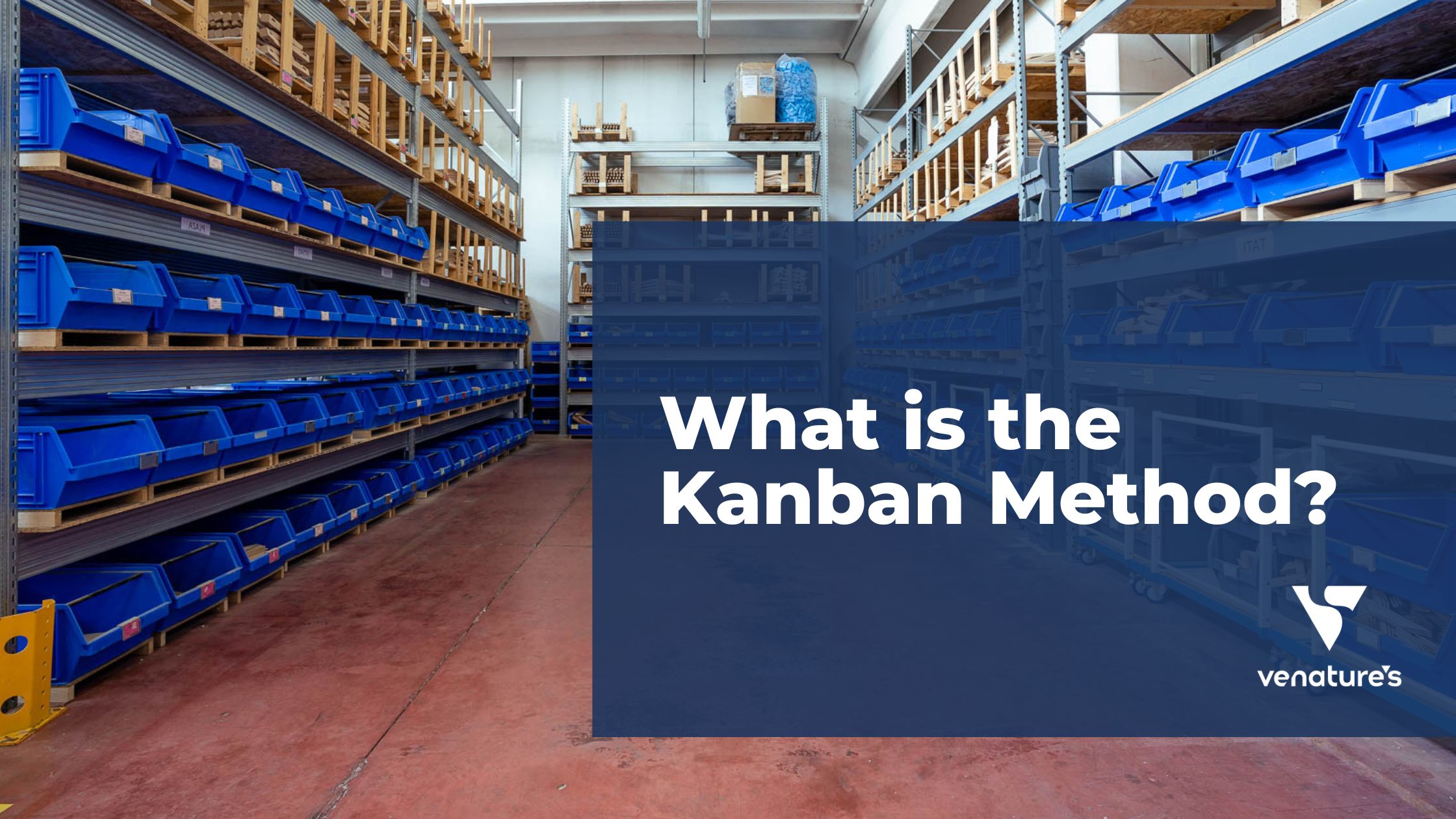
What is the Kanban Method?
What does Kanban mean? According to the literal translation of the Japanese term, Kan (看) means ‘visual’ and Ban (板) means ‘signal’. This Lean Production technique facilitates the Pull Flow of materials, based on physical cards that consent to the production, purchase or handling of materials.
Inspired by an American supermarket
Kanban originated in the Toyota plants in the 1950s as part of Lean Logistics. Thanks to this production model, industrial engineer Taiichi Ohno managed to pull Japanese industry out of the economic crisis it had fallen into after the Second World War. Ohno was inspired by the procurement methods used by American supermarkets. In the shops, customers take the labelled products from the shelves.
Once customers have gone through the checkout, shop staff record information about the stock status of the shop allowing them to issue an order to the warehouse, made possible because the warehouse and the shop share the same labelling system.
Once the supermarket’s shelves are replenished, the warehouse sends a supply order to the wholesalers or manufacturers, which is repeated throughout the supply chain, creating a cycle where the ultimate goal is to ensure that the shelves are stocked with products. In order to keep control of stock at all times and avoid the dreaded ‘empty shelf’, a reorder point must be set up. This is the idea behind the Kanban system.
How we apply the Kanban in our company
There are two main tools that enable us to use the Kanban method: coloured cards and blackboards. The coloured cards are used to request the raw materials needed for the production processes. Once the operation is complete, the card returns to its point of origin. The Kanban cards contain the information identifying the batches of material: ID, size, customer, location, etc. The cards are hung on the containers or shelves where the product was located.
The boards allow the cards to be placed in an organised manner. Each column shows the status of a task and the person responsible for carrying it out.
Kanban model vs MRP (business software)
For the Kanban system to work, it is absolutely essential that it is correctly dimensioned. In this way, the advantage, apart from its ease of use, is the optimisation of stocks on the basis of actual consumption, compared with the traditional use of MRP (the company software for ensuring the correct purchase of materials). In fact, it has been demonstrated that a correctly dimensioned Kanban system offers a lower stock level compared to the reordering logic calculated in the traditional MRP way.
What are the advantages of the Kanban method?
- It visualises the work progress and controls each phase of the production and supply cycle.
- It prevents the formation of bottlenecks.
- It works as a control system for production and materials available in the logistics network.
- It avoids overproduction and overstocking, allowing you to recover warehouse space.
- It allows you to respond to customer demand with precision.
- It is sustainable: it only takes from nature what is needed.
How much you can save with the Kanban method
The costs of warehousing can be quantified in capital assets (+ insurance costs), stock management (physical and accounting), space and the risk of obsolescence and deterioration.
